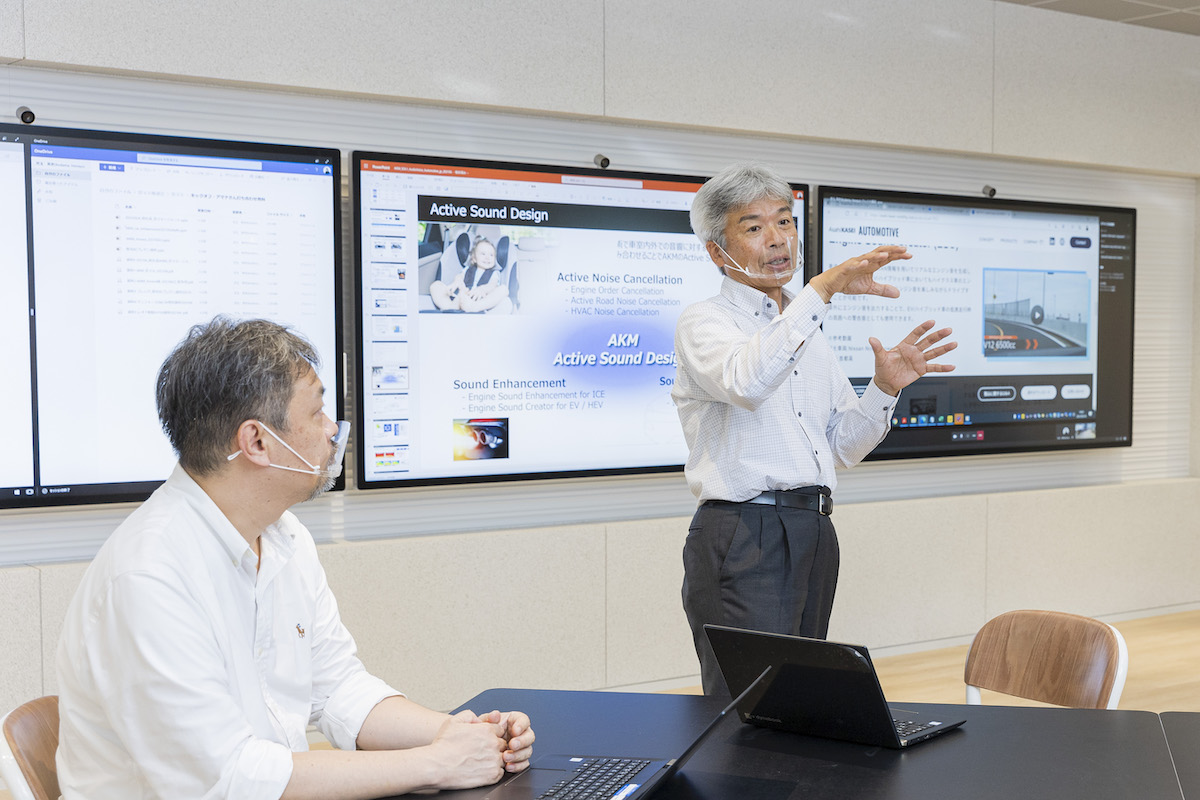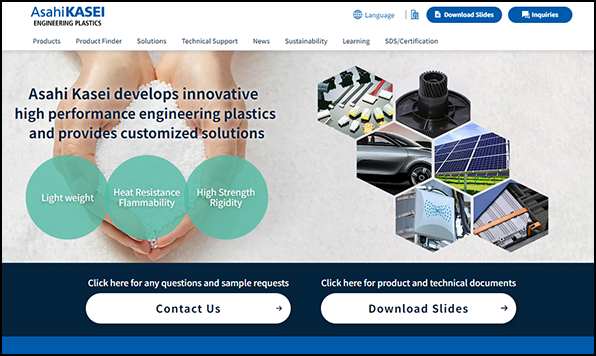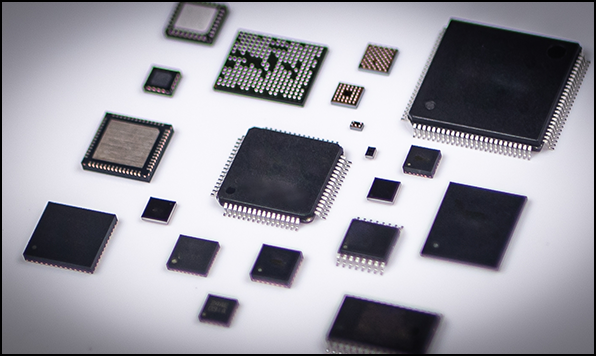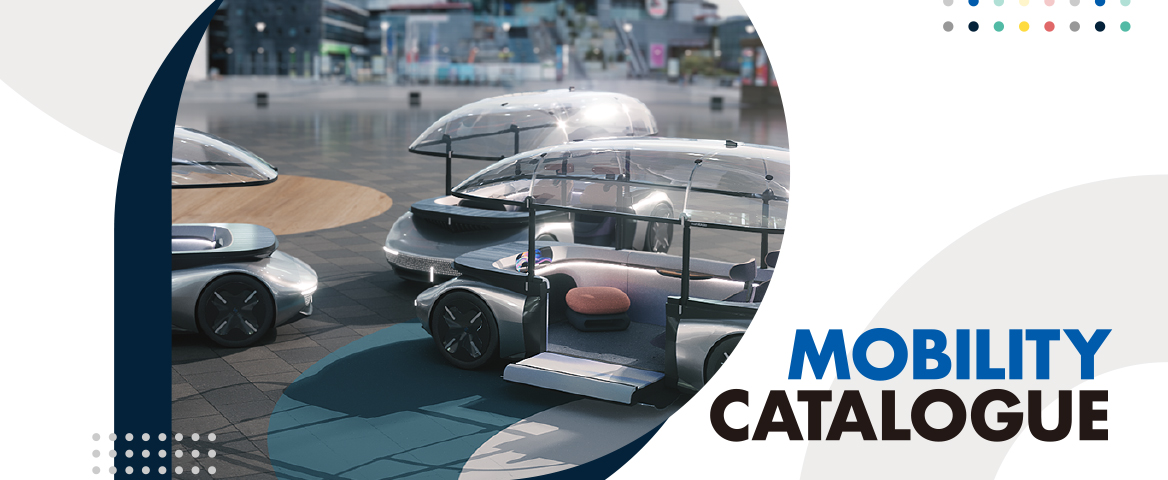
Sound Management
Driving experience will be more enjoyable with sound management.
~An “active” solution through electronics and “passive” solution through high-performance materials~
Jul 29, 2021
“Appealing to human instinct” is becoming one of the top priorities in today’s automotive industry – especially regarding “sound.” Driving experience will become more enjoyable if the multitude of sounds that people can hear while driving, such as engine noise, road noise, wind noise, people’s voices, or the stereo system, are correctly managed and modified into beautiful acoustics or comfortable sounds under the optimal in-cabin environment. The Asahi Kasei Group has adopted a dual approach to control these sounds: the “active” (active sound creation for inside/outside of vehicle) solution by the Electronics Team and the “passive” (passive sound reception/control) solution by the High-performance Materials Team.
In this special edition, we are going through three hearing sessions with several project leaders involved in each of these solution businesses and asking them about current project status as well as future goals. In the first edition, we will talk with Akira Saeki as well as Hiroyoshi Imai from Asahi Kasei Microdevices Corporation (hereinafter, AKM) about the “active” solution.
Click here to contact us about Asahi Kasei’s products and usage examples.

▲ Akira Saeki – Senior Sound Processing Expert (right) and Hiroyoshi Imai -Global Marketing (left) from Asahi Kasei Microdevices Corp., M&S Center
Introduction: Why is sound management so important? The coordination of inspiring sounds
An inspirational experience and the Audio Meister’s philosophy with “VELVET SOUND”
First of all, why is “sound management” so important, and how does a difference in sound affect human emotion? Our interview team headed to the “Sound Experience Room” prior to deep diving into “sound.” This special audio room was created by AKM for sound quality evaluation, which is an approximately 40 m2 space filled with audio systems and AKM’s premium audio IC brand “VELVET SOUND” D/A Converter (DAC) housing.
Tomonori Sato, the Audio Meister, provided us an acoustic listening challenge session in this room. The audio system replayed “Shock (Kanden)” from a CD album by Kenshi Yonezu. We at first just listened to the music that was replayed in a normal acoustic setting and then next listened to the same music, in the same room, using the same amplifier and speakers via AKM’s DAC*.
*Digital-to-analog converters (DACs) convert music from a digital signal to an analog signal so that people can hear the reproduced music. Conversely, when recording music, analog-to-digital converters (ADCs) convert the actual live-music from an analog signal to a digital signal.
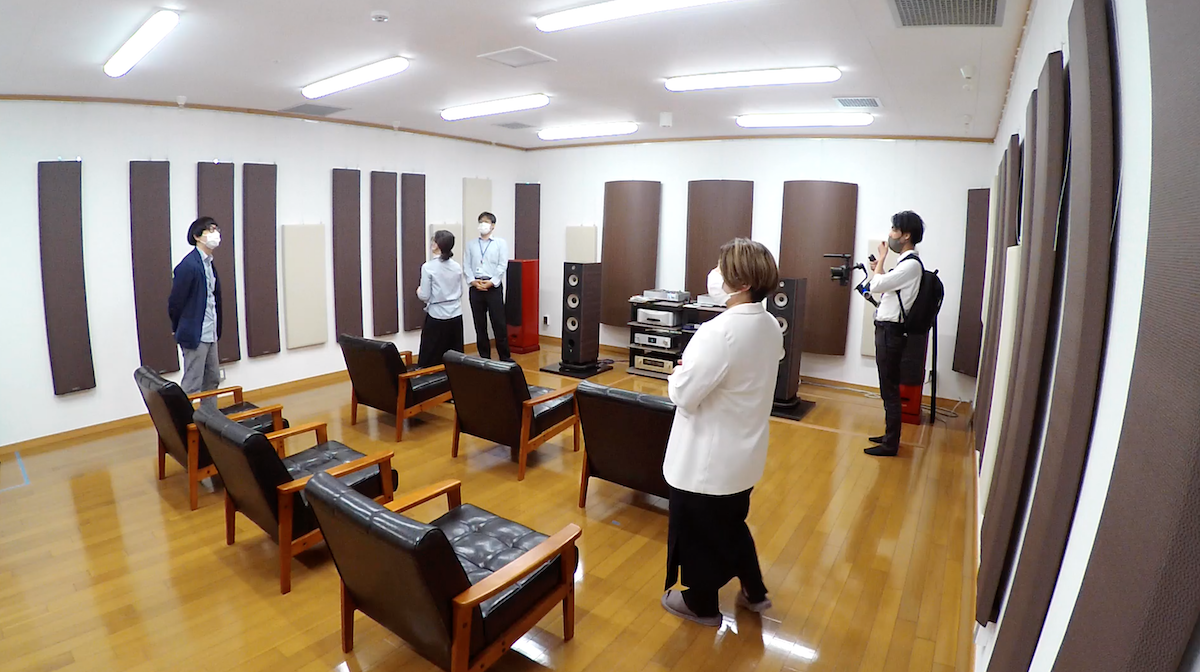
▲ AKM’s Audio Room
During the second session, we began to notice some sounds that we could not hear in the first session. We felt like the sound was turned up even though the volume settings were unchanged. To borrow a visual example, it was a feeling as if the sound was gaining definition in the same manner that an image gains clarity as more pixels are added and the resolution increases. The robustness was clearly different – wonderfully enjoyable. We asked Sato what made the difference and his feelings regarding “sound.”

▲ Tomonori Sato (Audio Meister) – M&S Center Solution Development Group 1
Sato: AKM’s “VELVET SOUND” converter brand is intended to reproduce a sound as natural as possible. Try to think of the concept of “sound” here as the sound of a musical instrument or a sound that exists in nature. The human voice is one as well. To put it simply, the reason why we reproduce sound as naturally as possible is “because it feels good.” It resonates emotionally and moves us. Sound enriches our everyday lives. The same goes for words. I think it plays a critical role for us all to live meaningful, comfortable, and happy lives.
Sound stimulates people’s actions. Talented people’s musical performances, the smooth voices in a recital or singing, birds chirping, the flow of gentle water, a concert, or nature – doesn’t this make you want to experience all of these sounds again to their fullest? The same can be said for industrial applications. For instance, a German automaker is capable of replicating a vehicle door’s opening and closing sound. They can even mimic the thick and heavy sound of a sturdy car door that gives people a sense of security. Isn’t that exciting? While you may not necessarily need it, I imagine you may feel like purchasing or at least trying it out. Automotive Audio and Voice Processors
Asahi Kasei’s Sound Management Approach 1
The “active” solution through Electronics
Asahi Kasei’s audio technology products have been adopted for many high-end audio systems in the world and leading the industry market for more than 30 years. The automotive “Sound Management” provided by AKM has vast experience in the audio market and it is a solution using a combination of numerous sound technologies.
We will now go through some cases that exemplify product use and their ongoing projects with Akira Saeki, expert of AKM’s voice signal processing technology, as well as Hiroyoshi Imai from the Global Marketing Department.
Putting AKM technologies to good use
Imai: AKM produces ICs for specific applications and all other kinds of sensors. More specifically, we have a main lineup that consists of audio ICs, infrared sensors used in gas sensors, as well as magnetic sensors embedded in electric compasses on smartphones.
We are pursuing a variety of technological advancements pertaining to sounds based on three concepts: “audio” and “voice” – in other words, communication solutions mainly to help human conversation – as well as “noise (cancelation).” There are so many different technologies that can be used to reproduce high-quality sounds that you experienced in our Audio Room. To name a few, we have technology that can control single-waveform outputs without distortion from the power source and another that allows playback both forward and reverse in real time without distortion.
Comfortable sound management with DSP for in-vehicle infotainment
Saeki: The digital signal processor (DSP) for in-vehicle infotainment integrates a variety of technologies that make up the vehicle interior. The unique aspect of our DSP for in-vehicle infotainment is that the audio A/D and D/A Converters and DSP are contained in one IC together with software technology for hands-free control, among other features.
Saeki: Vehicle-embedded infotainment DSPs can reduce noises, making it possible to exchange conversation smoothly in a noisy surrounding, as well as acoustic signal modification that creates the sensation that music is coming from a distance as if you are listening to a live performance. Unlike an Audio Room, a vehicle has many noises present in a small space, and despite this, I believe that our mission is to provide cozy sound images and create a more comfortable in-cabin space via signal processing.
DSP functions that contribute to human life and living
“In-car Communication and Hands Free” features for smooth conversations and phone calls
Imai: Of course, our in-vehicle DSP’s signature audio/voice recognition functions support communication with people outside the vehicle Hands Free, but it also helps facilitate smooth In-car Communication within the cabin. We utilize a variety of technologies like noise suppression, echo cancellation, and acoustic feedback (howling) cancellation to ensure sounds do not reverberate, and provide high-quality solutions to allow comfortable, continuous conversation even when the environment changes while driving.
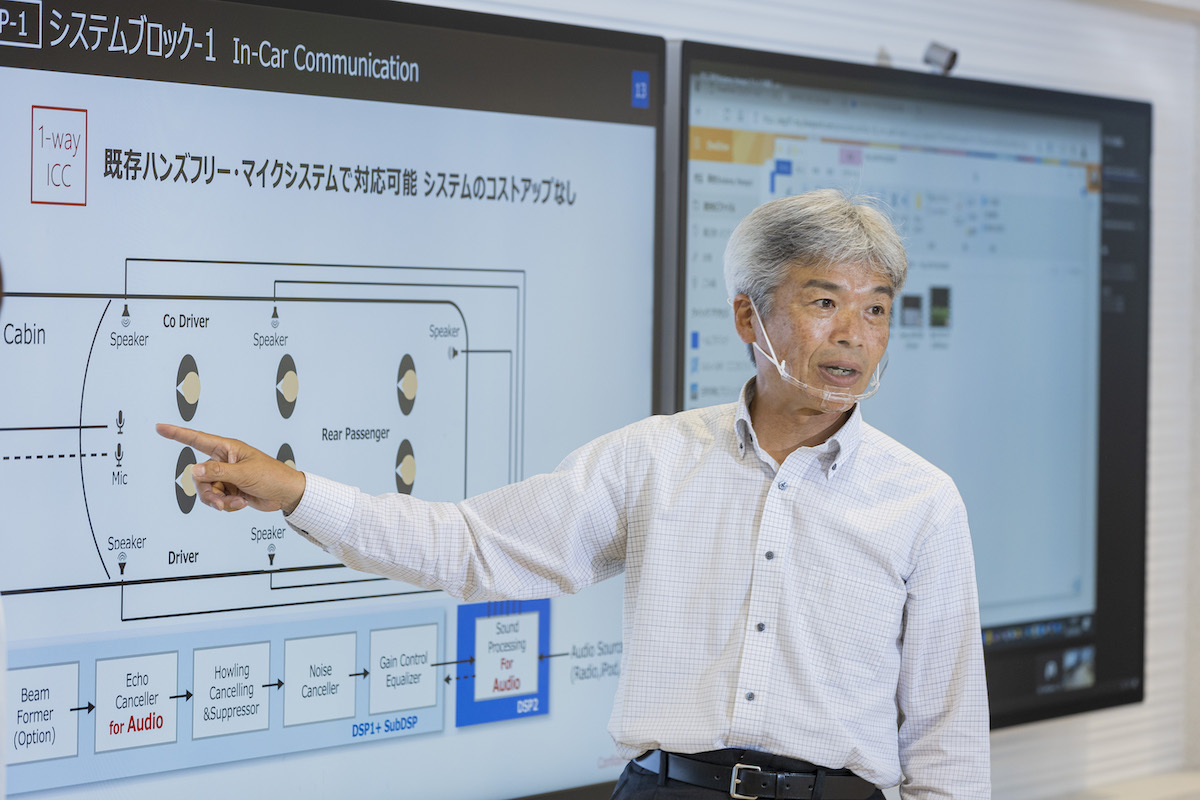
▲ Seats in all three rows utilize microphones and speakers to allow passengers in the front seat to speak in a normal voice with the people in the back seats while looking forward. Also, the microphones will not cause howling feedback from the surrounding music or voices.
“Engine Sound Enhancement” and “Engine Sound Creator” makes the driving experience safe and enjoyable
Saeki: “Engine Sound Enhancement” is a function that creates artificial engine sounds for driving pleasure. As vehicles grow to have better gas mileage and smaller engines with lower emissions, automakers have begun providing ways to retain the car’s original engine sounds that represent each vehicle’s brand identity as a response to popular demand.
The “Engine Sound Creator” can, for instance, create an Electric Vehicle (EV) engine sound. Since EVs do not have an engine that can convey an acceleration feel via engine sound, some drivers tend to have a problem with speeding. Thus, EVs need to be equipped with artificial engine sounds that give this feeling of acceleration. It could be anything, from the sound of a sports car to that of a spaceship. Lately I have been struggling to figure out the answer for customers when they request about ”what specifically is a cozy sound from an affective engineering standpoint.” That’s why I think we need to further focus on rearing talents who are capable of designing sounds.

Our “Acoustic Vehicle Alerting System (AVAS)” generates engine sound outside a vehicle to keep pedestrians safe
Saeki: The “Acoustic Vehicle Alerting System (AVAS)“ is a function that generates engine sound outside an EV to keep pedestrians safe. This sound is produced by the same system module as the engine sound creator, but outputs sound outside a vehicle rather than inside. Each country has different regulations for engine sound, and some of them require many variations depending on the speed. For instance, most motorcycles being operated in China today are EVs and they whiz by pedestrians completely silently – it’s really dangerous. When I visited Israel, I saw many people riding EV kickboards to go to work, and it was scary when they were coming at me at about 20 km/h! I’m sure that more EV motorcycles and kickboards will also start being equipped with AVAS from now on.
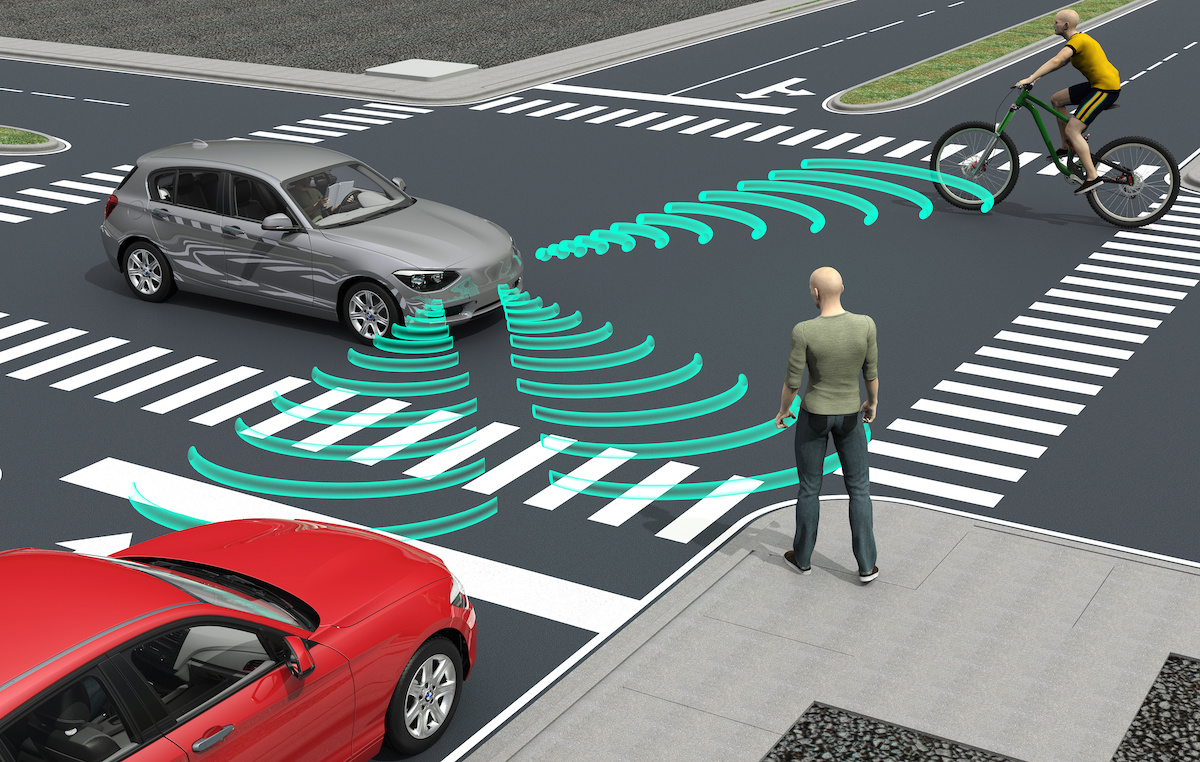
“Active Noise Cancelation (ANC)” that cancels noises via antiphase technology
Saeki: “Active Noise Cancelation (ANC)” is a technology that cancels noise by outputting its antiphase frequency. In this technology field, an “engine order cancelation system” that cancels an engine’s “booming noise” * has already been commercialized. This “booming noise” is a very uncomfortable low-frequency sound that sounds like “buhhh,” and this cancelation system targets the wavelength near 100 Hz. This will not necessarily cancel all of the noise from the engine, however by just eliminating this uncomfortable booming noise, the sound pressure of the noise drastically decreases.
*Booming Noise= The booming, muffled sound caused by various components inside of the vehicle, which is audible in the cabin at around 20-300Hz.
Vehicles become lighter by dampening noises electronically and reducing heavy sound-proofing materials
Saeki: Vehicle engine sound varies depending on the engine type and engine speed. A typical 4-cylinder engine generates a strong 100 Hz low-frequency “booming noise” once the engine speed reaches 3,000 RPMs. In order to block this noise from coming inside the vehicle cabin, the engine vibration must be reduced (vibration suppression). To tackle these problems, heavy sound-proofing materials used to be attached or installed. If engine noise can be cancelled via sound waves, those heavy materials can be eliminated, which contributes to vehicle weight reduction.”
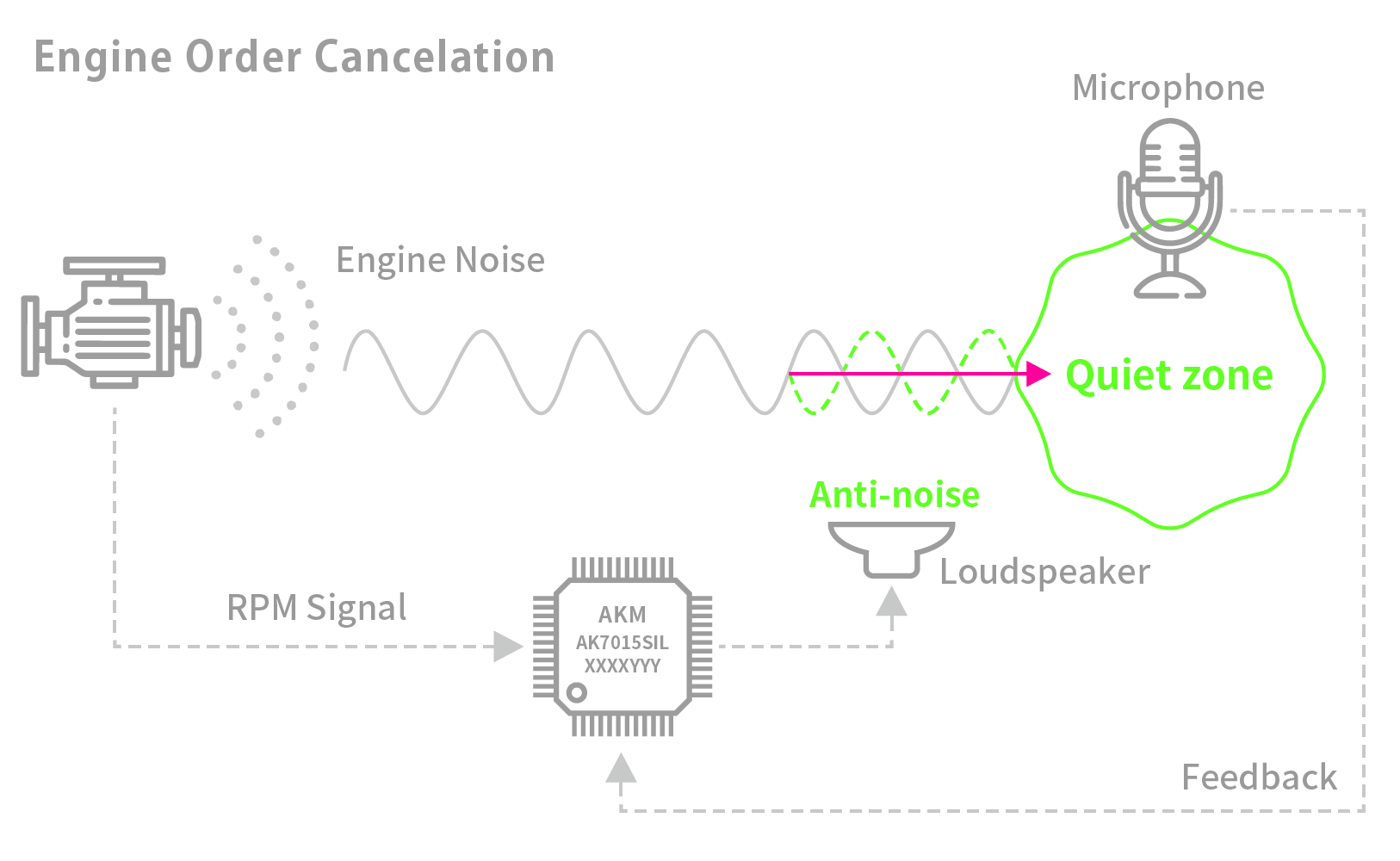
Furthermore, we are currently working on a new project in collaboration with Silentium Corporation of Israel where we are trying to develop a technology to electronically cancel lower frequency sounds other than engine noise while driving, such as road noise (the friction sound between tires and road surfaces).
Electronics work best to cancel low-frequency noises
Saeki: Noises include low to high-frequency sounds, though only low-frequency sounds can be electronically cancelled. Audio earphones/headphones can cancel noises up to the 2,000 Hz range. Speakers embedded in a vehicle headrest, can cancel noises up to the 1,000 Hz range. However, it will drastically increase the cost. Audio speakers alone can cancel engine noises up to the 300 Hz range and road noises up to the 500 Hz range. Thus, electrical cancellation should focus on lower frequency noises, and higher frequency noises should be absorbed or blocked by interior materials (high-performance materials). That way, I feel that we could achieve a quiet, cozy in-cabin space.
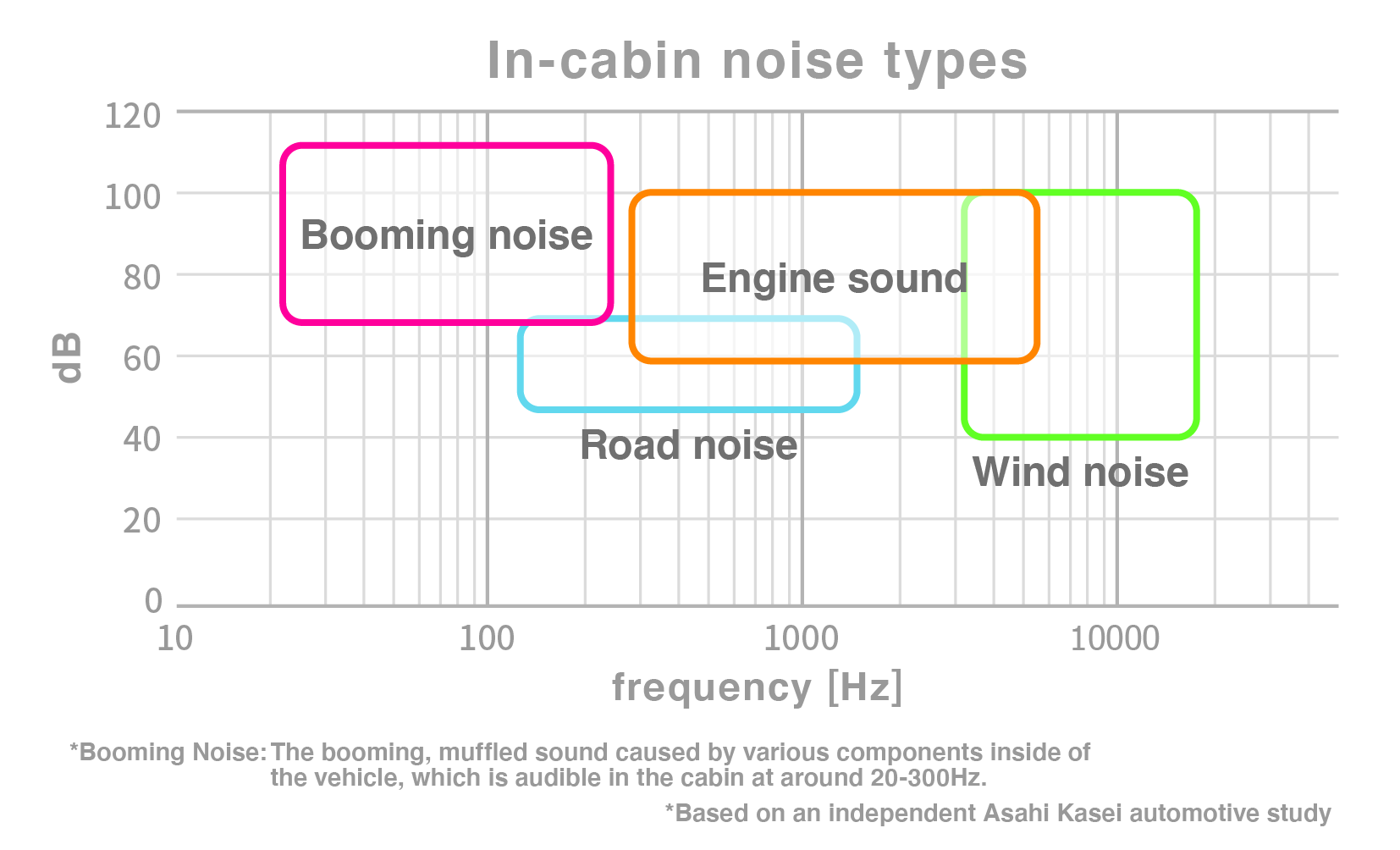
One of the advantages of our electronic “sound management” = ”active” solution is that it enables us to create a variety of sounds to satisfy drivers’ needs as well as cancel low-frequency noises without increasing vehicle weight. Such possibilities will continue to expand from here on out, and we have further expectations for more “passive solutions” using Asahi Kasei’s high-performance materials for mid/high-frequency noise cancellation.
To be continued in the second edition…
Click here to contact us about Asahi Kasei’s products and usage examples.
This article was published on October 17, 2021.
 Mobility-related information website
Mobility-related information website
